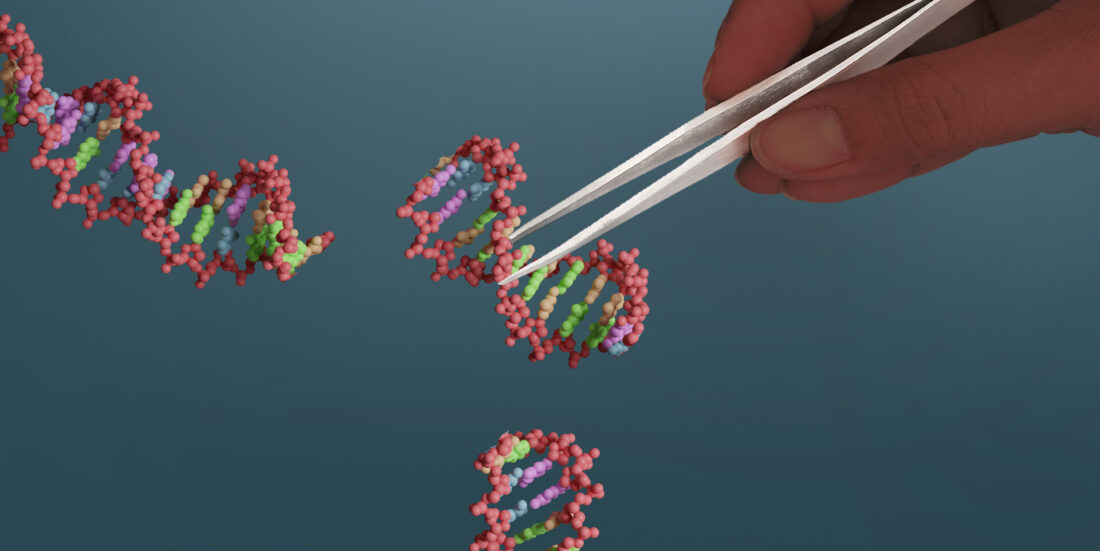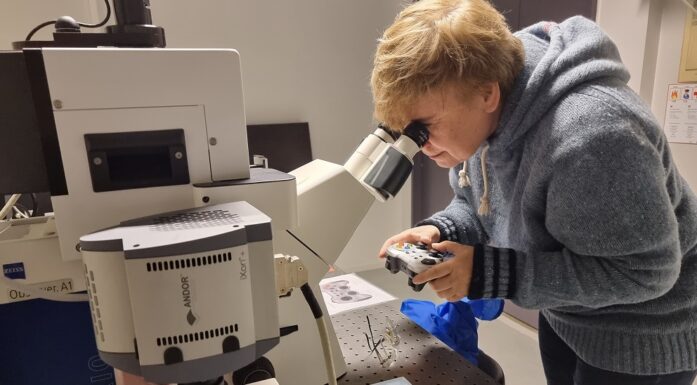Saying no to all gene technology is an ethical short-circuit
Conventional breeding techniques result in major and uncontrolled modifications to the genetic material of plants and animals. If arguments based on the ‘precautionary principle’ are used as blindly on this issue as in the gene technology debate, then we are condemning the world to starvation.
The opinions expressed in this article are those of the author alone. This article was first published in the engineering periodical Teknisk Ukeblad and is reprinted here with the permission of the magazine.
The Norwegian government is on the point of taking its stance in response to one of the most important public administration committee (NOU) reports published in recent years. The committee in question has been considering a possible relaxation of the existing Gene Technology Act, after the public was given a deadline of 22 February to make its views known.
On the basis of the precautionary principle, a minority on the committee has proposed to make no significant amendments to the Act. I would suggest that perhaps these members have forgotten one important point – that conventional breeding techniques result in much greater genetic modifications in plants and animals than the approaches which the majority on the committee are suggesting should be made legal in their important, but nevertheless limited, relaxation proposal.
Condemning the world to starvation
Genetic modifications resulting from conventional breeding techniques are random and uncontrolled. The same applies to genes that mutate spontaneously in nature.
If we applied the precautionary principle as blindly, and with the same almost fanatical determination, to conventionally bred organisms, then we would be condemning the world to starvation.
In doing so, we will be saying no to our continued consumption of the vast majority of domestic plants and animals on which current food production is based.
Our dreams are now reality
Some Norwegian special interest groups vociferously oppose the idea that food and animal feed in Norway should be produced from organisms that have been subject to gene modification. The website of the Norwegian Farmers’ Union very much reflects this view.
For this reason alone, it is far from certain that the present government will listen to the majority proposal and relax the current legislation.
I would also like to remind readers that in the 30 years since the current legislation was passed, gene technology has generated opportunities that once we could only have dreamed of. I’m thinking of the Covid vaccines, immune therapies for cancer and cholesterol-reducing drugs.
By saying “no thanks, for safety’s sake” to every change is at best an ethical short-circuit. I am convinced of this opinion when it is clearly evident that the technology being rejected can offer food that will improve the lives of human beings.
EU revisions
The reason for the committee process in Norway is that the EU is currently revising its own regulations in this field, and that this will probably result in a relaxation.
Norway will then be able, via the EEA Agreement, to align its domestic regulations with those of the EU. Alternatively, it may choose to apply more restrictive regulations, but cannot adopt a more liberal approach.
To date, both Norway and the EU have been very restrictive when it comes to permitting targeted modifications to the genetic material of plants and animals. However, we continue to allow the large-scale and random modifications that take place as part of our conventional breeding programmes.
The logic appears to be that it’s all right to modify genes as long as we don’t know exactly what we’re doing!
Thousands of years of selective breeding
Humans have been practising agriculture for more than ten thousand years and have been attempting to provide plants and animals with desired characteristics for almost just as long. The idea has been to produce variants that not only boost productivity and make the food we eat more nutritious, but which are also resistant to disease and resilient in the face of climate change.
Across the generations, conventional breeding has been based solely on the selection of certain individuals that spontaneously acquired slightly better characteristics than the others. As time passed, we began to work in a more targeted way, for example by ensuring that selected bulls fertilised a large number of cows.
All of this amounted to making small genetic modifications.
Random combinations
Both humans and animals produce offspring with genes that are a random combination of those inherited from their parents. Each individual is nevertheless genetically unique.
Single-celled organisms, such as yeast, evolve for the most part by means of spontaneous changes, or mutations, to their genetic material. Such mutations may be caused by viruses, UV light or agents in their environment.
As time passed, humans exploited these agents in the breeding of crop plants, often in combination with chemicals designed to accelerate the speed of genetic modification, although such modifications were still the result of a random process. In fact, the majority resulted in production organisms of lesser quality. A few, on the other hand, offered improvement, which was exactly what the agricultural sector was looking for.
Precise and predictable modifications
When it comes to genetic modification, modern biotechnology has led to radical changes in the ‘rules of the game’.
One example is the introduction of so-called CRISPR/Cas technology, which offers precise and predictable genetic modification as part of a process often referred to as gene editing. In Norway, the entire process is closely regulated by means of comprehensive application procedures. In fact, the rules are so strict that gene editing of this type in connection with food production is for all practical purposes illegal.
However, many countries are evaluating the exploitation of gene-edited organisms more on the basis of their characteristics than the technology used to produce them. Last year, the UK introduced a scheme by which targeted gene editing can be classified as a ‘precision breeding’ technique.
‘Golden Rice’ – counteracting vitamin A deficiency
‘Golden Rice’ is an example of a valuable product produced by targeted gene editing. It is currently being cultivated in the Philippines, some 20 years after the technology was developed.
Gene editing enables this rice variant to offer elevated concentrations of beta-carotene, a substance that is converted into vitamin A in our bodies. This is important because vitamin A deficiency, which is common in some poorer countries, can cause blindness and increased mortality from ordinary diseases.
Gene-edited drugs for humans
The first drug designed as a therapy for two blood diseases in humans, and based on gene editing using the CRISPR/Cas technology, was approved in the UK at the end of last year. Most likely, only a single dose will be required. In other words, and in contrast to other available therapies, patients will be permanently cured.
This news will probably serve as the starting gun for the development of gene-edited drug therapies for other diseases.
In many ways, the precautionary principle, which is supported by many opponents of gene technology, is a very sound concept. But now that we have such precise and state-of-the-art tools at our disposal, it is in my opinion totally unsound to exploit this principle as an argument for the obstruction of any and all forms of progress.
The time has come to tell our politicians and decision-makers exactly what we think. Why can’t everyone see the sense in adopting a precise and targeted approach to the practice of selective breeding, rather than using inexact and random methods?





